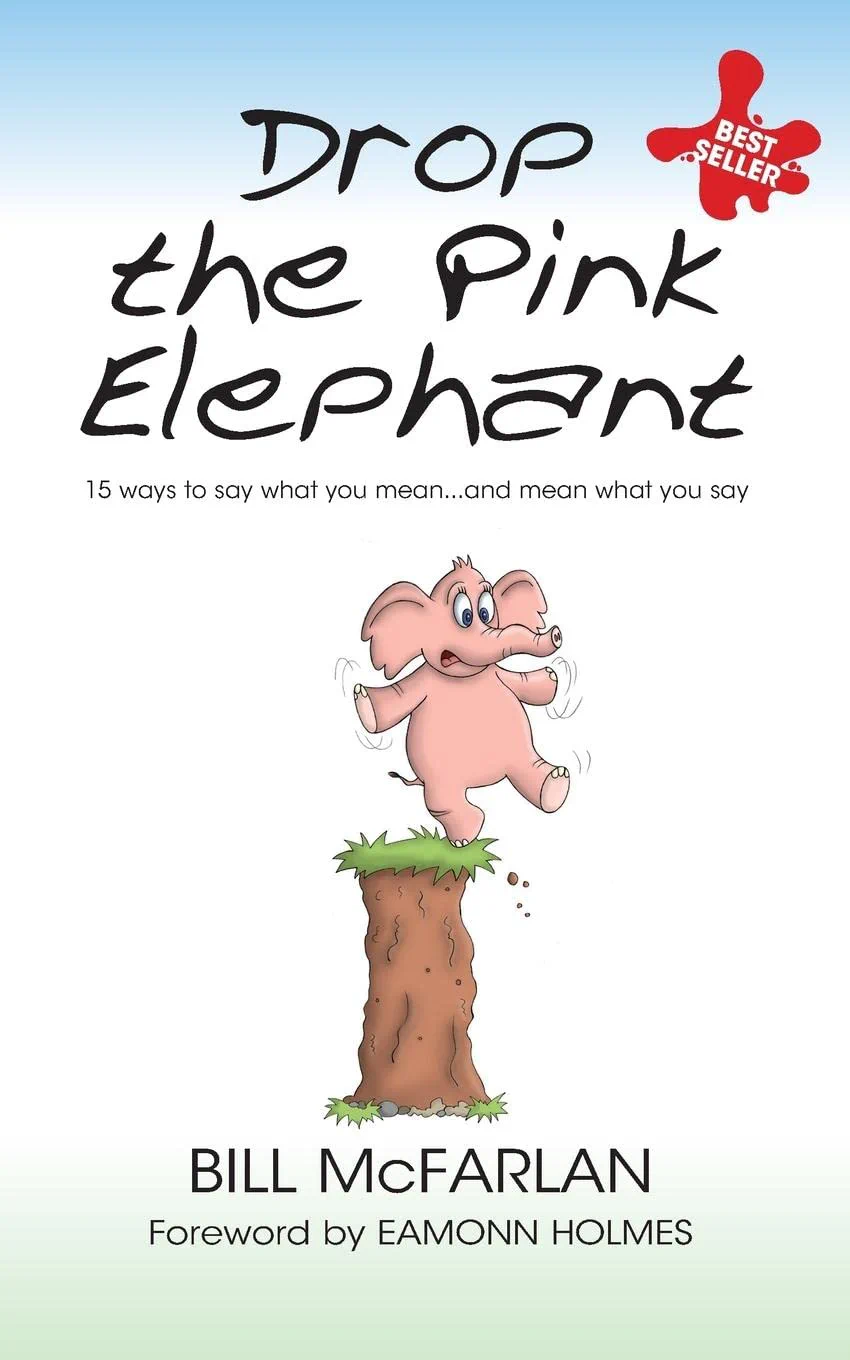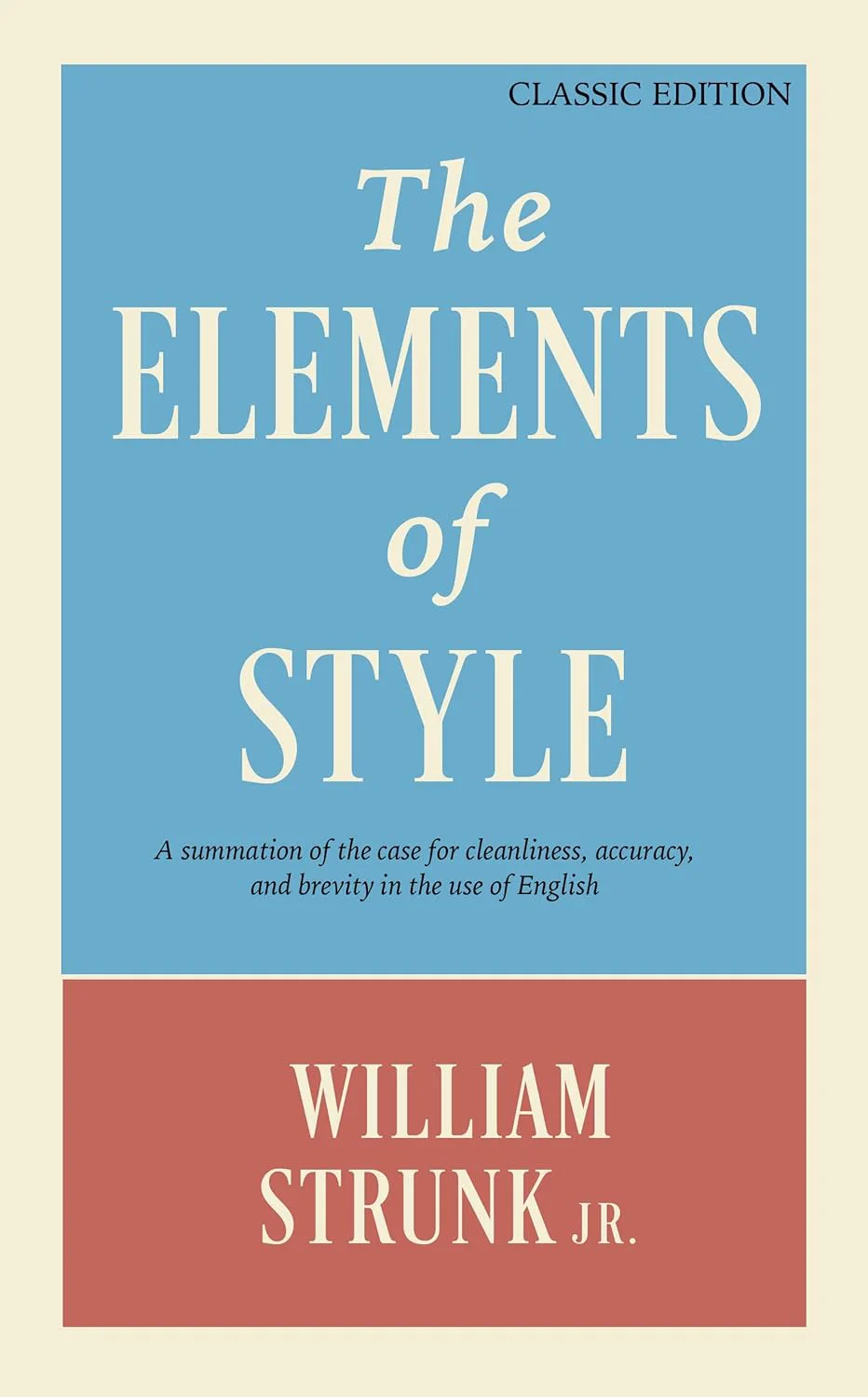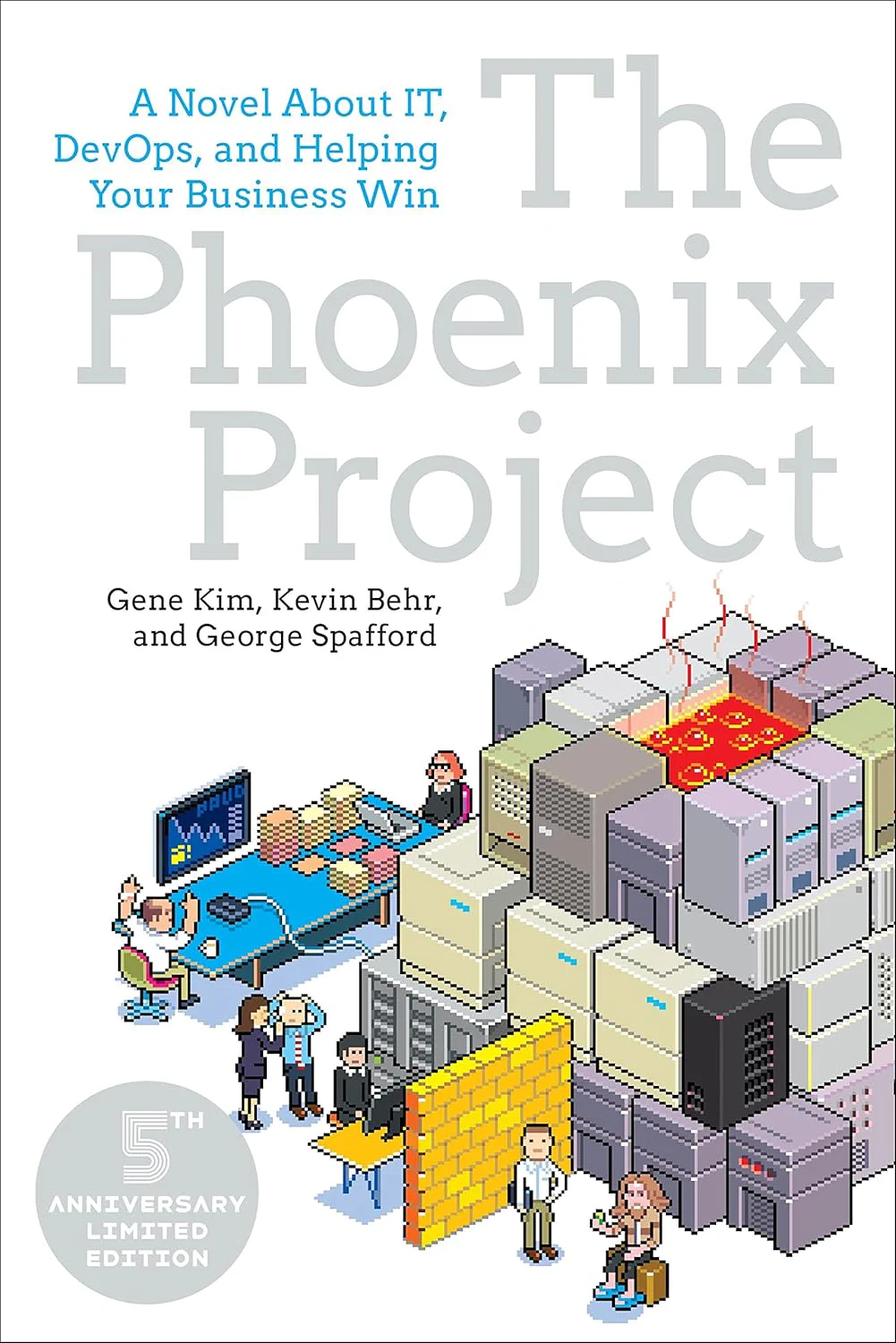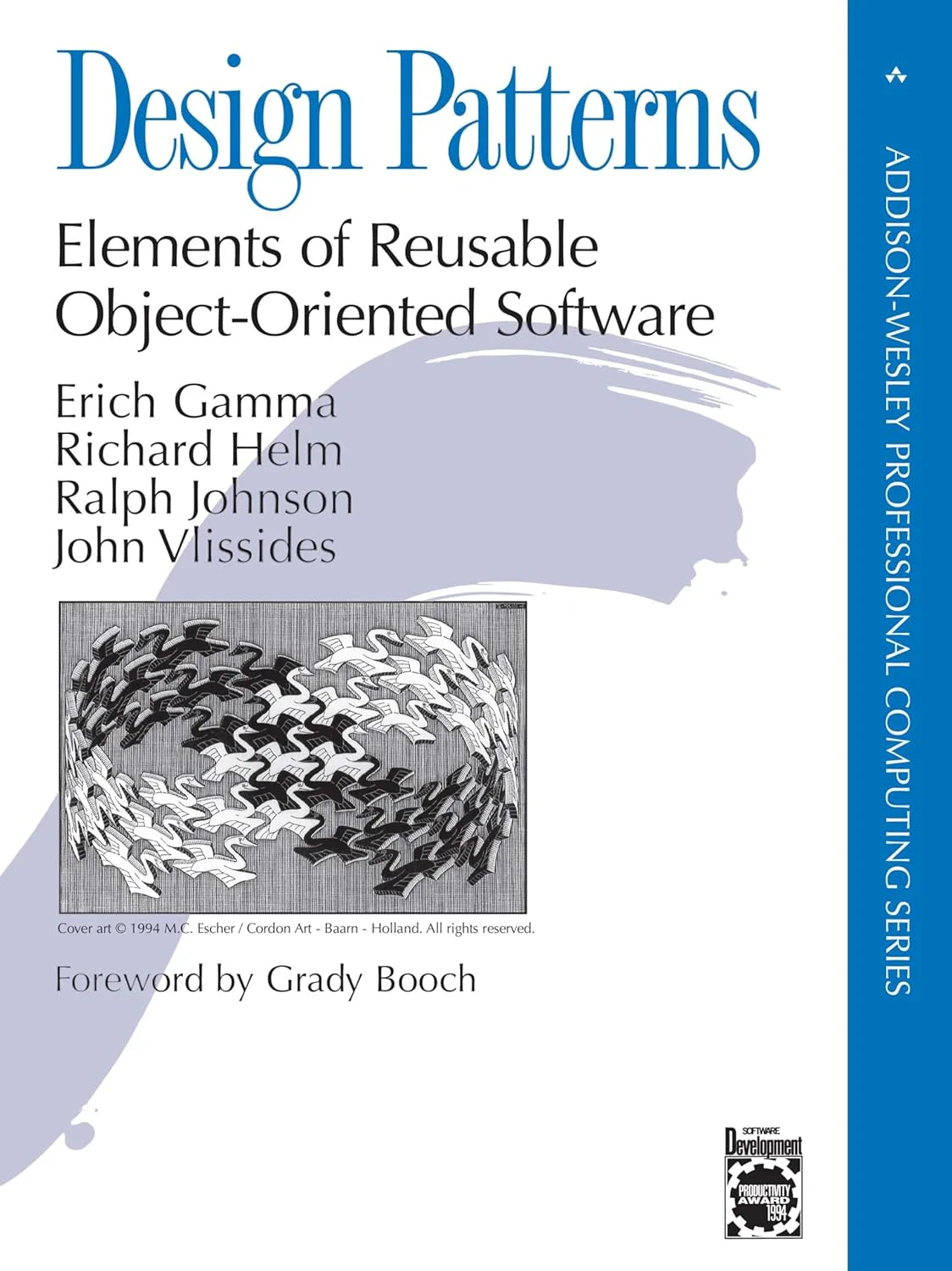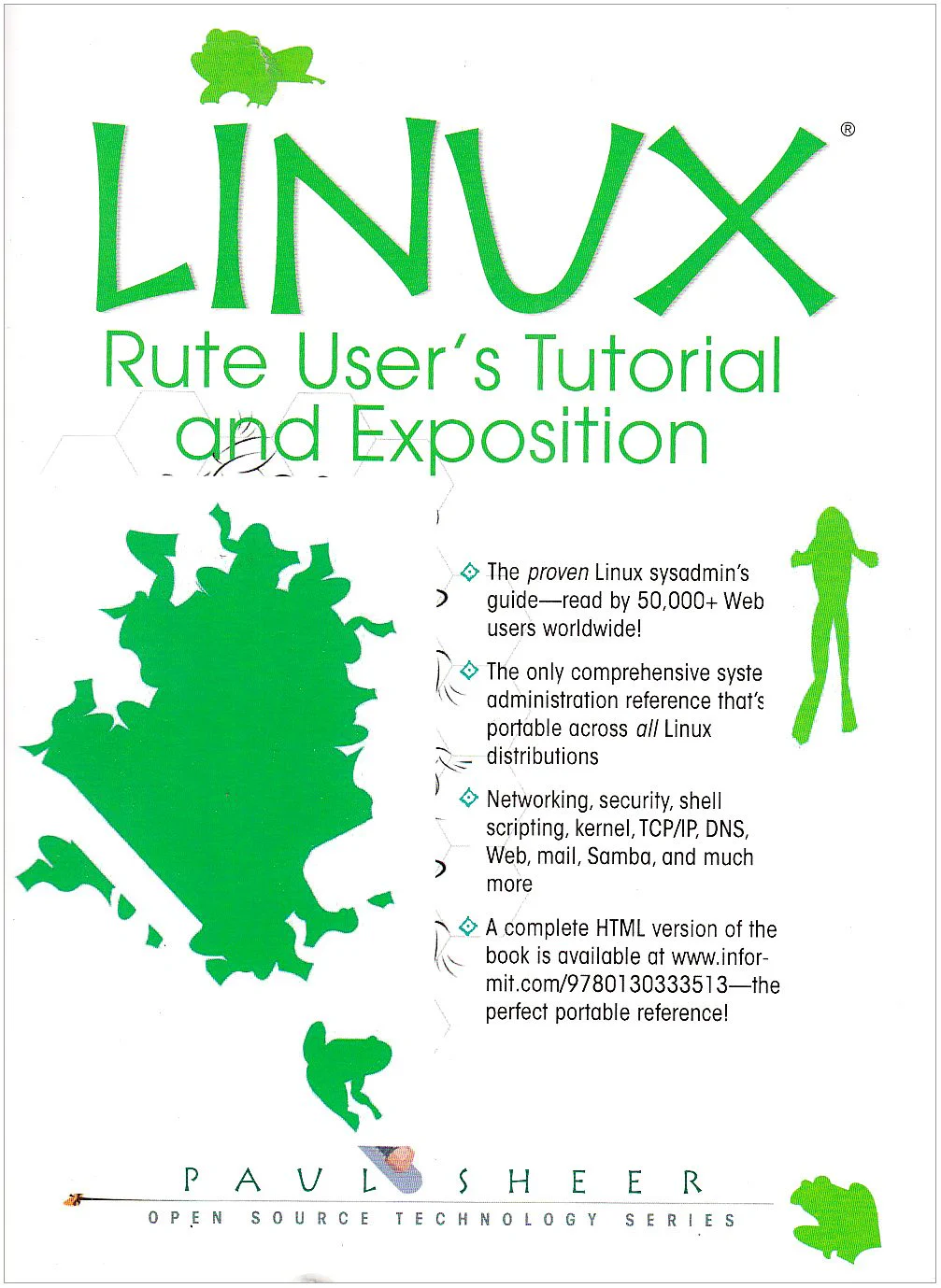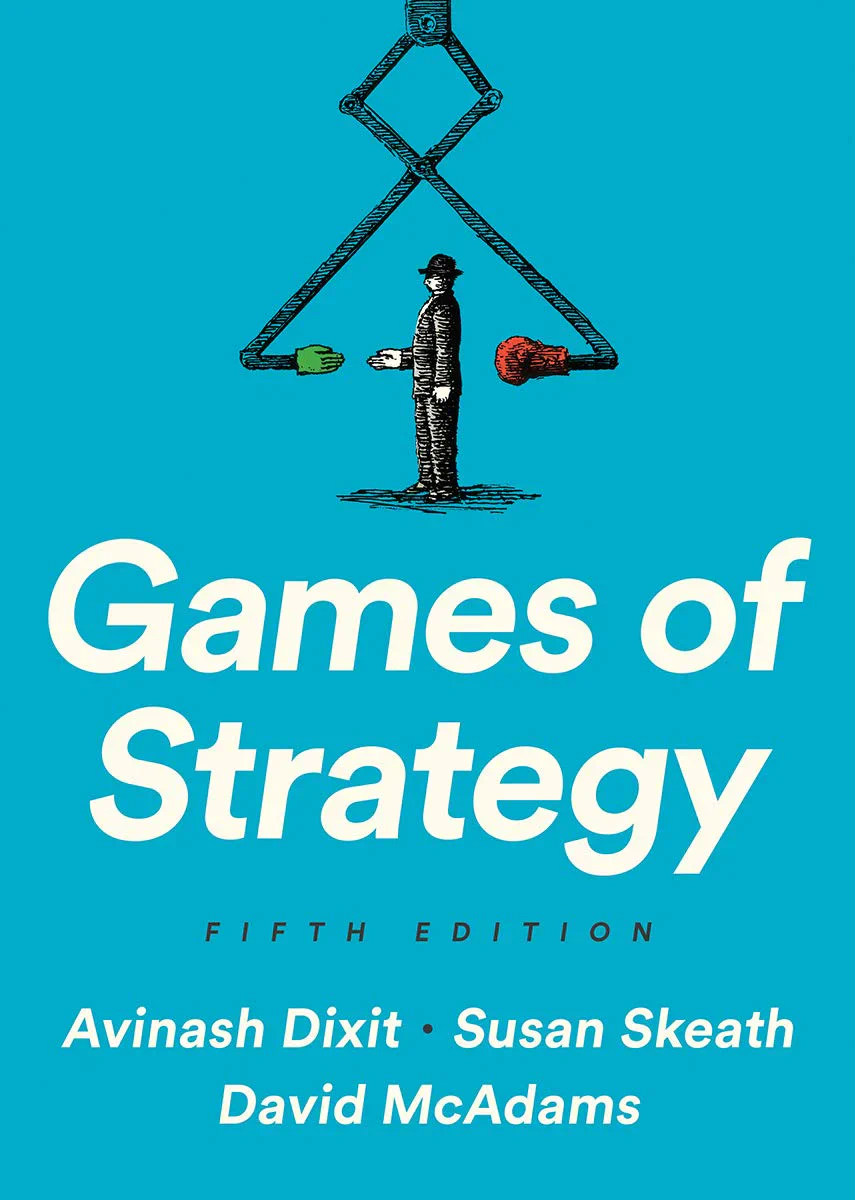Reading
The following is a non-exhaustive list of books I’ve read that I’m frequently recommending to colleagues, each has helped me with a different aspect of my career - some are detailed technical manuals while others are more narrative in nature but all come highly recommended
Drop the Pink Elephant
15 Ways to Say What You Mean…and Mean What You Say
Drop the Pink Elephant by Bill McFarlan is a sharp, practical guide to clearer, more impactful communication. Through fifteen actionable principles, McFarlan exposes the subtle traps we fall into—like overexplaining, apologizing unnecessarily, or denying the obvious (“pink elephants”)—that dilute our message and confuse our audience. Drawing from media coaching, business scenarios, and everyday life, he offers concrete tools to help readers speak with greater confidence, clarity, and authenticity.
If you’ve ever walked away from a conversation thinking, “That didn’t come out right,” this book is for you. It teaches you not just how to talk—but how to truly connect with what you say, and ensure others do too. Whether you’re pitching, presenting, leading, or just trying to be heard more clearly, McFarlan’s advice can instantly level up your communication.
Bill McFarlan
https://amzn.to/4fBViCu
The Elements of Style
The Elements of Style by William Strunk Jr. is a timeless, concise guide to writing with clarity, precision, and grace. First published in 1918 and later revised by E.B. White, the book distills the essentials of English composition into a set of practical rules and principles. Covering grammar, usage, and style, it emphasizes the importance of brevity, simplicity, and active voice—offering writers a roadmap to communicate effectively and elegantly.
Whether you’re a student, professional, or aspiring author, The Elements of Style is an indispensable resource for honing your writing. Its straightforward advice cuts through the noise, helping you eliminate clutter, sharpen your message, and write with confidence. A quick read with lasting impact, it remains a go-to reference for anyone who values the power of well-crafted words.
William Strunk Jr.
https://amzn.to/3BWytLP
The Phoenix Project
The Phoenix Project by Gene Kim, Kevin Behr, and George Spafford is a compelling business novel that follows IT manager Bill Palmer as he’s unexpectedly tasked with saving a failing project critical to his company’s future. Through a series of high-stakes challenges, Bill discovers how applying principles from lean manufacturing and DevOps can transform not only the troubled project but the entire organization. Told with the urgency and narrative style of a thriller, the book illustrates how IT, operations, and business teams must collaborate to deliver real value.
If you’ve ever struggled with bottlenecks, miscommunication, or chaos in software delivery or IT operations, The Phoenix Project will feel strikingly familiar—and incredibly enlightening. It offers powerful, practical insights into modern DevOps practices and how they can revolutionize both technical and business outcomes. Whether you’re an engineer, manager, or executive, this book is a must-read for understanding how to make technology work for the business, not against it.
Gene Kim & Kevin Behr
https://amzn.to/3ZPJgPT
Design Patterns
Design Patterns: Elements of Reusable Object-Oriented Software by Erich Gamma, Richard Helm, Ralph Johnson, and John Vlissides—collectively known as the “Gang of Four”—is a foundational text in software engineering that catalogs 23 classic design patterns used in object-oriented programming. Each pattern solves a common software design problem and provides a reusable solution that promotes flexibility, scalability, and maintainability. With detailed examples in C++ and Smalltalk, the book offers timeless strategies for building robust software systems.
This book is essential reading for any serious software developer or architect. It gives you a shared vocabulary and deeper understanding of proven design strategies that can elevate your code from functional to elegant. Whether you’re working in Java, C#, Python, or another language, the concepts are universally applicable and will help you write cleaner, more modular, and more efficient software.
Erich Gamma et al
https://amzn.to/3ZVt6o2
LINUX: Rute User’s Tutorial and Exposition
LINUX: Rute User’s Tutorial and Exposition by Paul Sheer is an in-depth, comprehensive guide to Linux systems for both beginners and advanced users. Structured as both a tutorial and reference manual, it covers everything from fundamental Unix concepts and shell scripting to advanced system administration, networking, and security. Written with clarity and technical rigor, the book bridges the gap between hands-on usage and deep system understanding, making it a valuable tool for mastering the Linux operating system.
If you’re serious about learning Linux—not just how to use it, but how it works under the hood—this book is an indispensable resource. It empowers you to go beyond surface-level commands and gain real fluency in managing and customizing Linux systems. Whether you’re a student, sysadmin, developer, or power user, Rute equips you with the knowledge and confidence to navigate and control Linux with precision and depth.
Paul Sheer
https://amzn.to/4iPt1Ls
Games of Strategy
Games of Strategy by Avinash K. Dixit, Susan Skeath, and David Reiley is a comprehensive and accessible introduction to the principles of game theory, the study of strategic decision-making where the outcome depends not just on your choices but also on those of others. The book uses real-world examples—from economics and politics to sports and business—to explain concepts like Nash equilibrium, mixed strategies, backward induction, and signaling in a clear, engaging way. It balances mathematical rigor with intuitive explanations, making complex ideas approachable without oversimplifying.
Whether you’re negotiating a deal, launching a product, or just trying to outthink your opponent, understanding strategic behavior is essential—and Games of Strategy gives you the tools to do exactly that. This book helps you think more logically and anticipate the moves of others in competitive or cooperative settings. It’s a must-read for anyone in business, economics, or policy who wants to sharpen their strategic thinking with one of the most readable and practical introductions to game theory available.
Avinash K. Dixit
https://amzn.to/3PcoZ27
